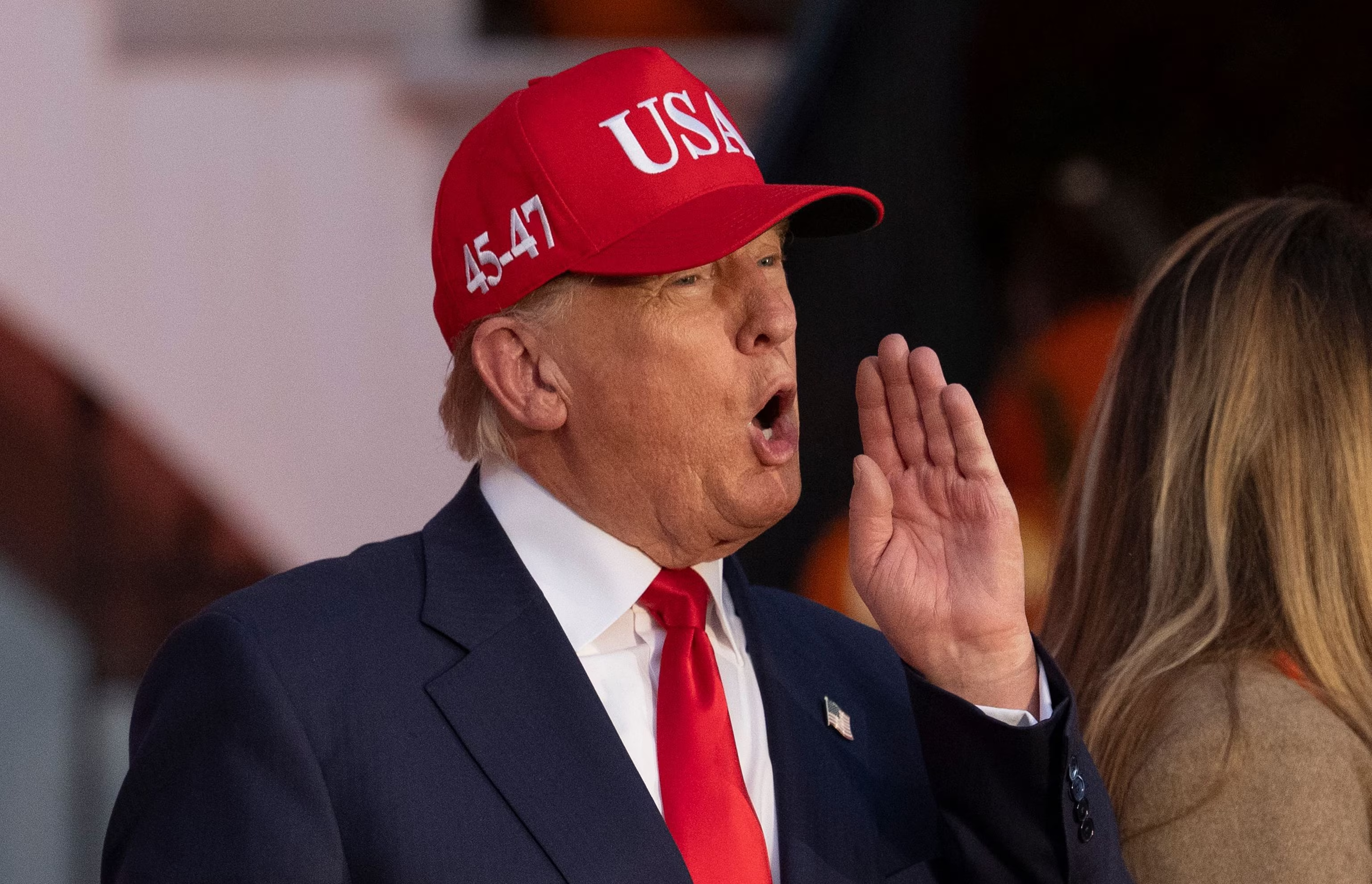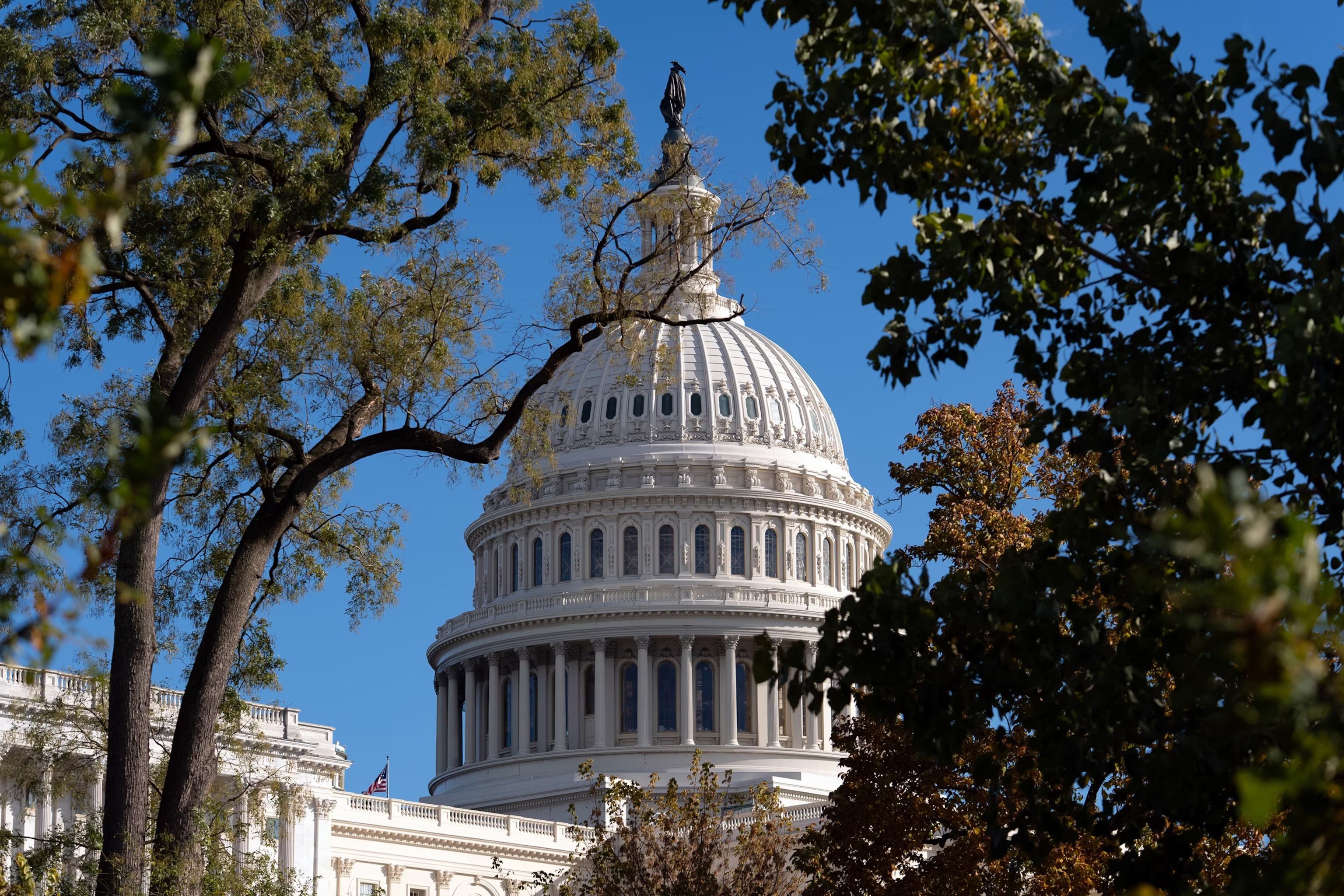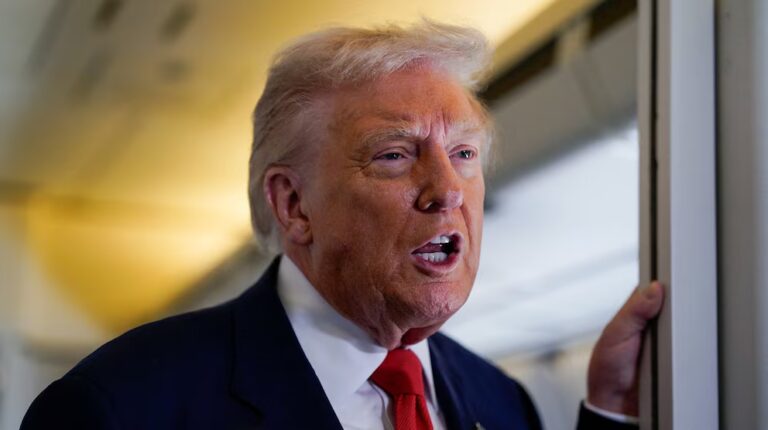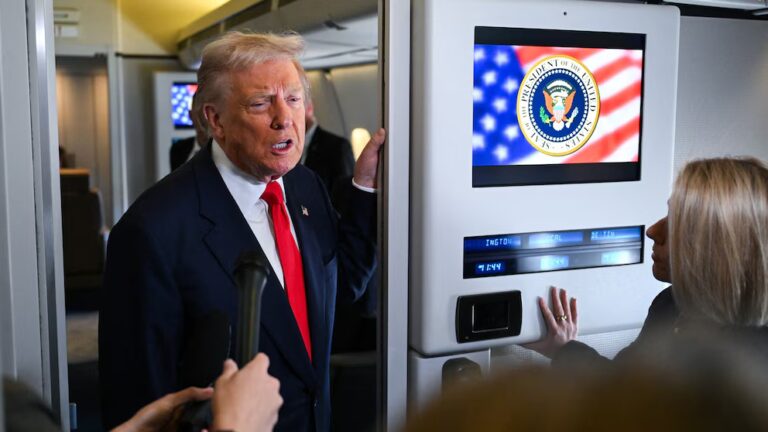
2:13The Capitol is shown as the government stalemate edges toward its second month, in Washington, D.C., Oct. 30, 2025. J. Scott Applewhite/AP
As the government impasse approaches becoming the longest ever in U.S. history, President Donald Trump has urged Senate Republicans to eliminate the filibuster in an effort to resolve the standstill on Capitol Hill.
However, as in the past, they are not complying with his requests to alter the longstanding regulation.
“It is now the moment for the Republicans to use their ‘TRUMP CARD,’ and pursue what is known as the Nuclear Option — Get rid of the Filibuster, and eliminate it, IMMEDIATELY!” Trump posted on his conservative social media site overnight.
Possessing a 53-47 majority, dismantling the filibuster would enable Republicans to approve a measure to finance the government without any Democrat backing.
Trump’s appeal arrives at a crucial juncture in the shutdown, with millions of Americans poised to forfeit SNAP benefits over the weekend as program funding depletes and Affordable Care Act recipients confronting elevated insurance premiums as open enrollment commences.

President Donald Trump and first lady Melania Trump host a Halloween trick-or-treat event on the South Lawn of the White House in Washington, October 30, 2025.Aaron Schwartz/EPA/Shutterstock
What defines the filibuster?
The established regulation permits any single senator to impede or postpone action on a bill or other subject by prolonging discussion.
It necessitates 60 votes, or three-fifths of the Senate, to conclude debate and propel legislation to a concluding vote — at which point it solely demands a simple majority to pass.
The filibuster’s unrestricted debate initially appeared in the 19th century. In 1917, the Senate adopted Rule 22 that rendered it feasible to halt a filibuster with a cloture vote, giving rise to the present-day filibuster.
It’s an instrument that empowers the minority party, but has annoyed majorities for decades.
Trump during his initial term attempted several times to cease the filibuster but encountered Republican resistance. Former President Joe Biden conveyed his backing for enacting alterations to the filibuster to enshrine abortion rights and enact voting rights legislation.

The Capitol is shown as the government stalemate edges toward its second month, in Washington, D.C., Oct. 30, 2025.J. Scott Applewhite/AP
What constitutes the ‘nuclear option’ within the Senate?
Senators have crafted exceptions to the filibuster previously.
Revisions were implemented during the Obama administration to lessen the threshold needed to confirm judicial and executive branch nominees to a simple majority. Senate Republican leadership, throughout President Trump’s initial term, executed the same for Supreme Court nominees.
These adjustments eliminating the three-fifths threshold have been informally designated “going nuclear.”
However, both parties have voiced apprehension in completely nuking the filibuster out of anxiety it will revert to haunt them when they relinquish majority in Congress.
Senate Majority Leader John Thune, earlier during this shutdown, stated that eliminating the filibuster is something that should be prevented “at all costs.” Following Trump’s recent invitation to conclude the filibuster, a spokesperson for Thune remarked that his “stance on the importance of the legislative filibuster remains unchanged.”
Sourse: abcnews.go.com






